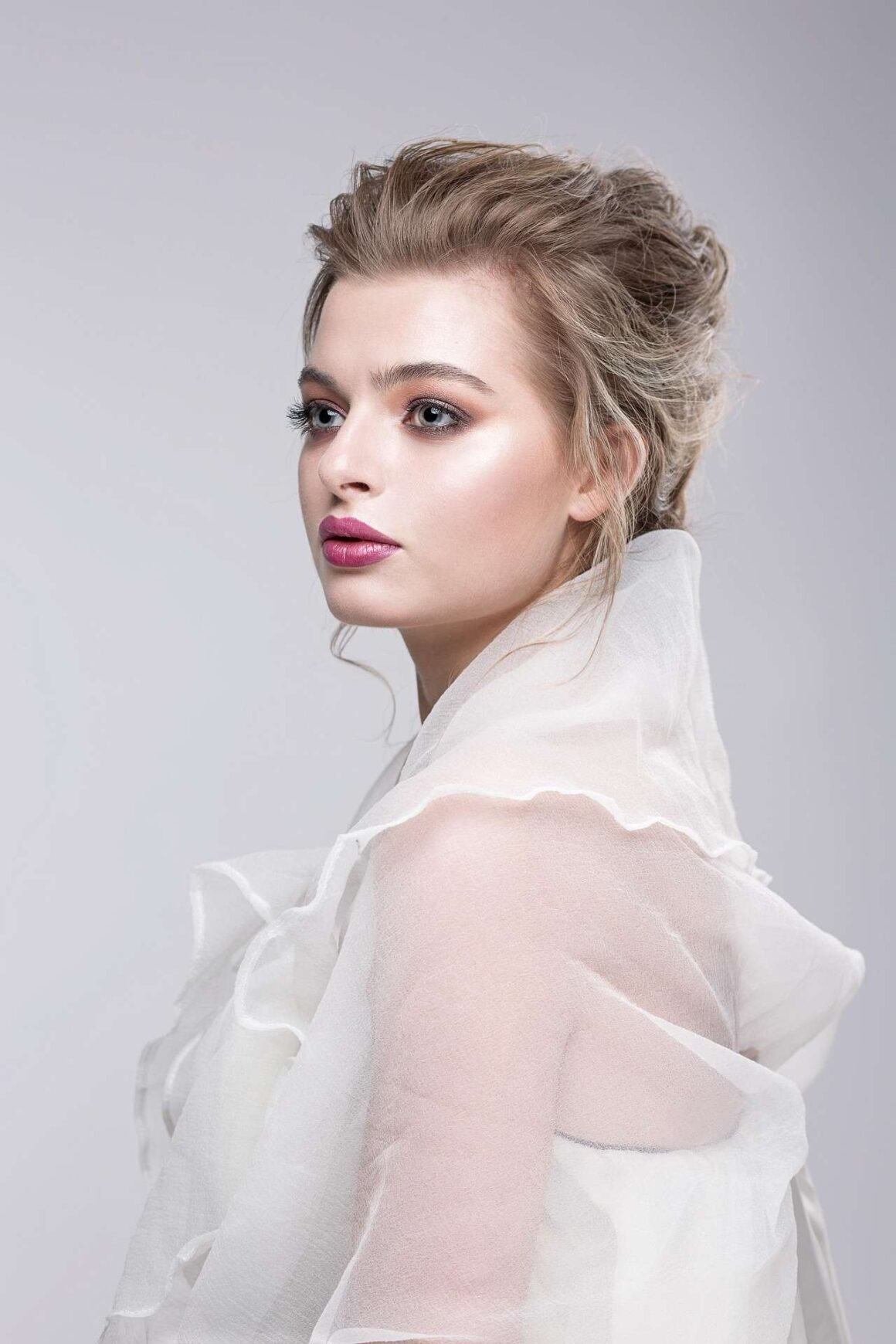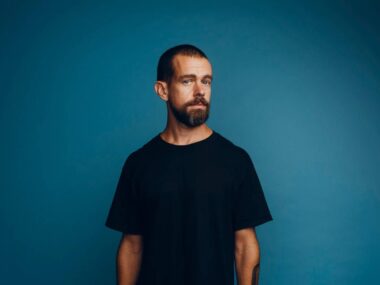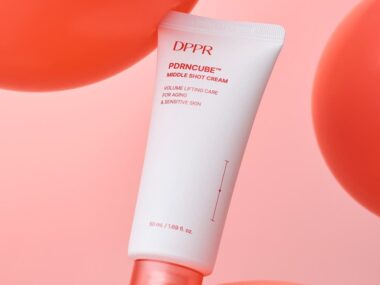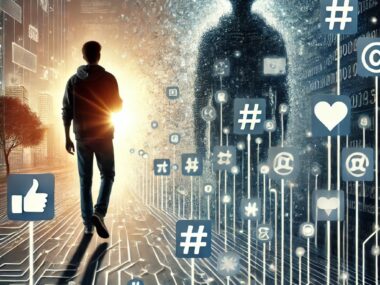When Vogue published a Guess ad featuring an AI-generated model in its July 2025 print edition, it may have seemed like just another glossy page in a fashion magazine. For the industry and the people watching it closely it was a bold statement.
Maybe it was also a test. Vogue isn’t just any fashion publication. It’s the fashion publication. If AI models are going to get the industry’s blessing, it was always going to start here. That doesn’t mean the public or the professionals are ready for it.
Fashion’s New “It” Girl
The model in the Guess ad was the textbook “ideal image.” Thin, white, blonde, and pouty-lipped. Her look didn’t challenge norms. It cemented them.
That alone was enough to trigger an uproar online. It wasn’t just about her appearance. It was about what it meant that Vogue, a brand that helped set beauty standards for over a century, chose to publish an image of a woman who doesn’t exist. Not in real life, anyway.
AI models have been floating around the industry since at least 2023, but mostly in the background on Instagram pages or small digital campaigns. Vogue elevating one to its printed pages felt like a turning point. Or, depending on who you ask, a regression.
“Artificial Diversity” and the Risk of Hollow Inclusion
One of the most frustrating parts of this AI model trend is that it’s happening while the fashion industry is still struggling to meaningfully include real people of color, different body types, and varied gender identities.
Back in 2023, Levi’s was already under fire for using “diverse” AI models in a campaign. Critics quickly labeled it “artificial diversity.” Instead of hiring actual models of color, they just programmed some into existence. It’s not inclusive. It’s lazy.
The fear brands will use AI to check diversity boxes without actually giving opportunities, compensation, or visibility to real people from underrepresented groups.
Worse still, if the AI creators and programmers themselves aren’t diverse, then we’re likely to keep seeing the same Eurocentric beauty ideals repeated ad nauseam.
A Generation Growing Up with Unreal Humans
Let’s talk about Gen Z. Born between 1997 and 2012, they’ve grown up with more exposure to digital media and more ads than any generation before. TikTok, Instagram, YouTube, it’s nonstop.
They crave authenticity. At the same time, we’re at risk of bombarding them with images of people who aren’t even real.
A study shows Gen Z is especially vulnerable to the kind of beauty pressure that comes from highly filtered, idealized media. Now throw AI models into the mix, beings literally designed to be flawless. It’s easy to imagine how quickly that could lead to distorted body image, low self-esteem, and unrealistic expectations about appearance.
More content doesn’t always mean better content. AI gives brands the ability to churn out a lot more, faster and cheaper. Which means more chances for young viewers to absorb beauty standards that are entirely made up.
Creative Labor at Risk
There’s another layer to all this: jobs. Modeling is one thing, but this trend doesn’t stop at the runway. Fashion is built on the creative labor of photographers, stylists, makeup artists, set designers, casting directors. Replace models with AI avatars, and suddenly you need fewer of all those other roles, too.
Some industry veterans are calling this a form of “robot cultural appropriation”. It’s where brands borrow the look of diversity, the vibe of human creativity, but cut out the people behind it. Models like Sarah Murray have spoken out about how exhausting and demoralizing it is to be held to impossible digital standards, while losing gigs to literal code.
There Is a Way to Use AI Responsibly But It’s Not This
Look, AI isn’t inherently evil. There are ways it could be used to support human talent. If models could license their likenesses for virtual shoots, that might be a new income stream. If AI could help overworked creatives meet tight deadlines, that could be a helpful tool.
That’s not what’s happening right now. Instead, we’re seeing AI used to mass-produce perfection. Without nuance, depth, and the lived experience that gives real people power and presence.
AI creators say their digital models are realistic and inclusive. That only goes so far when the end result looks like every other over-retouched campaign from the last 30 years.
AI in fashion isn’t going away. How we use it, who gets to control it, and who benefits from it, those things are still up for debate.






